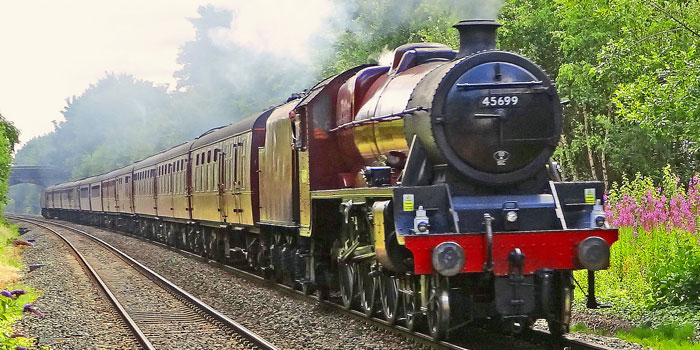
The Dee Estuary has for centuries been an artery for travel and trade, linking the North Wales Coast with other parts of the world. Inland, the Romans constructed roads across the region to link their stronghold at Deva (Chester) to the forts of Canovium (Caerhun) and Segontium (Caernarfon) to the west). In the medieval period pilgrimage routes were created to sacred places such as St. Winefride's Well in Holywell.
The deforestation of large tracts of North East Wales from 1277 had a dramatic impact on the landscape and played a significant role in clearing a passage for Edward I’s conquest of Gwynedd. Later, the London-Dublin post road provided an essential connection between London and Ireland, whereas the ambitious Ellesmere Canal proposed to create strategic links between the Port of Liverpool, the industries of North East Wales and the manufacturing centres of the West Midlands. From the 18th century, the region developed into a designation of choice for travellers in search of the sublime and picturesque, inspired by the works of writers including Thomas Pennant (1726-98).
Image: Courtesy of Glyn Jones
